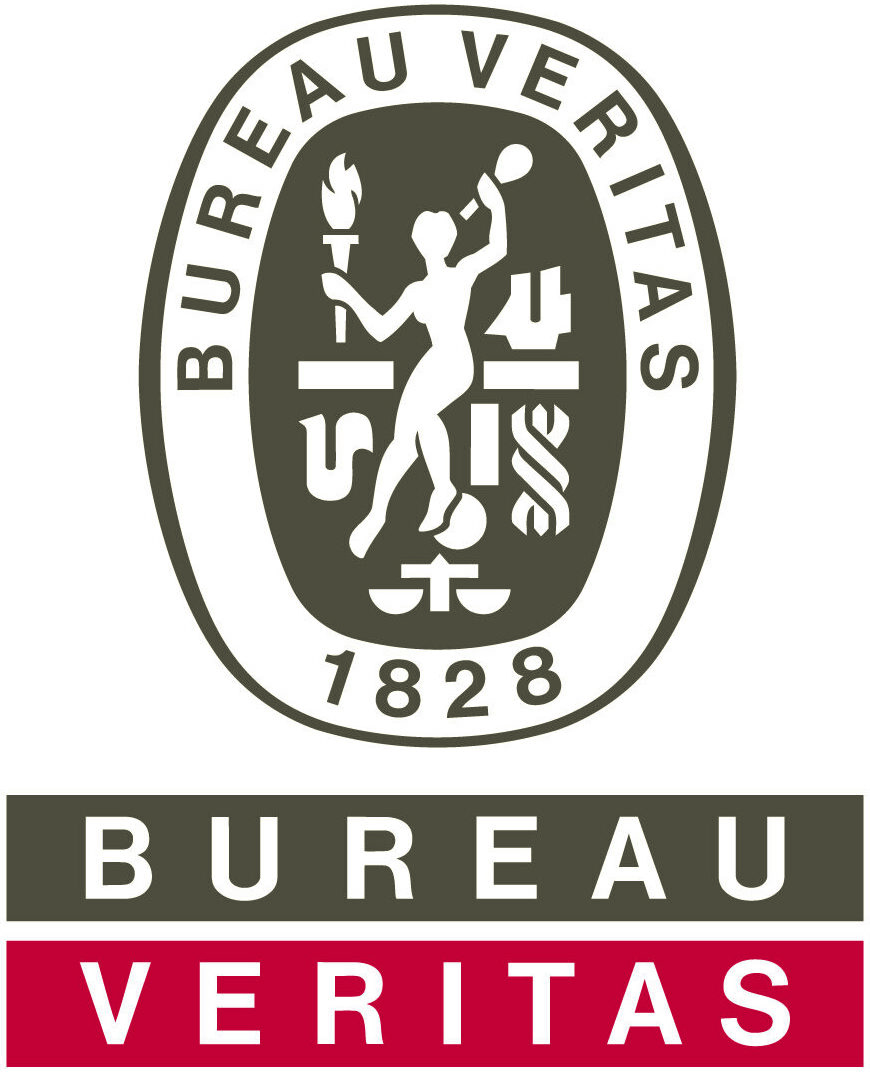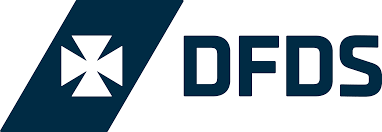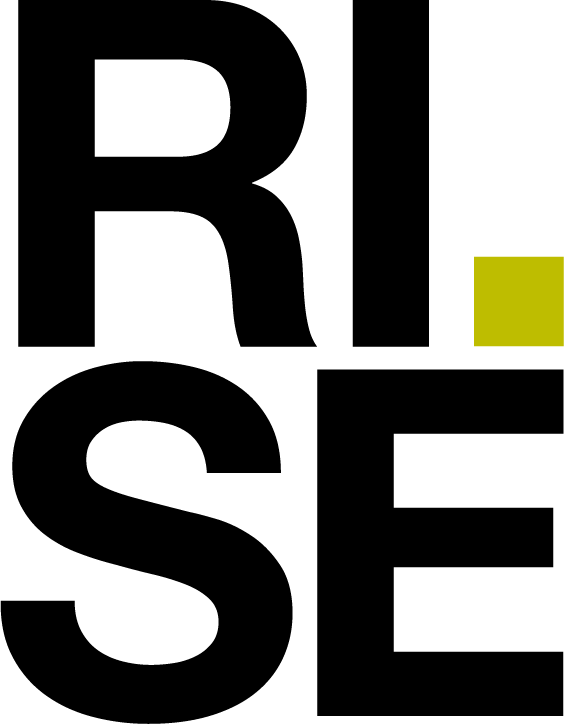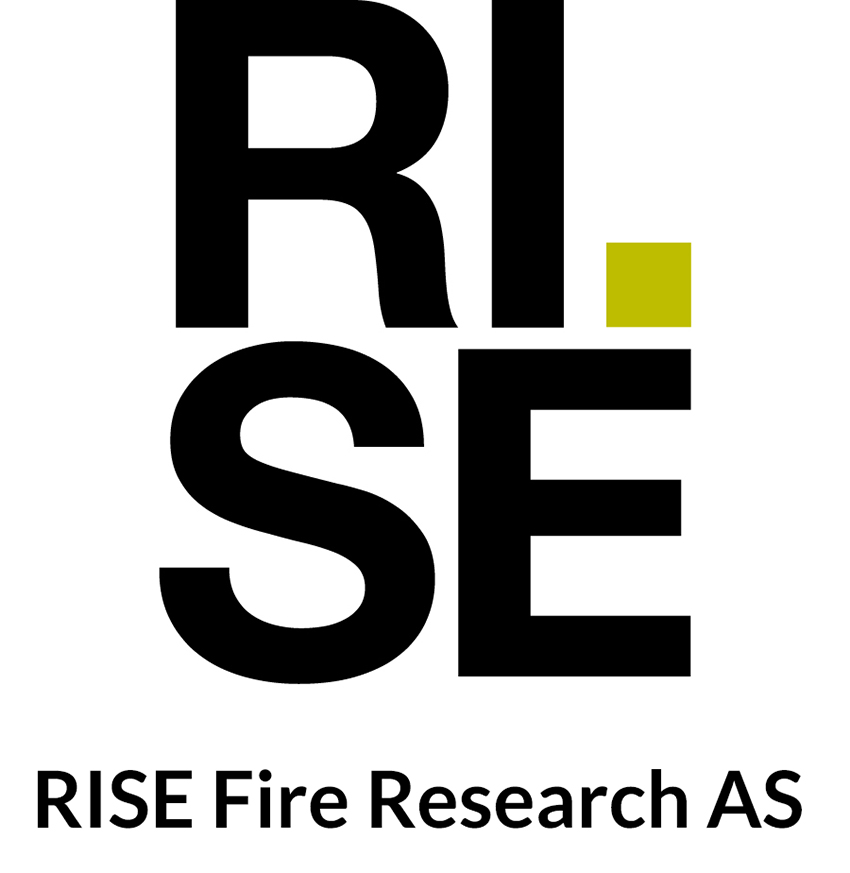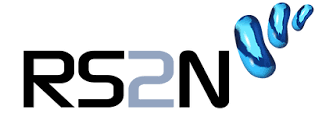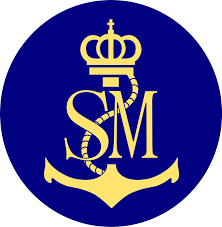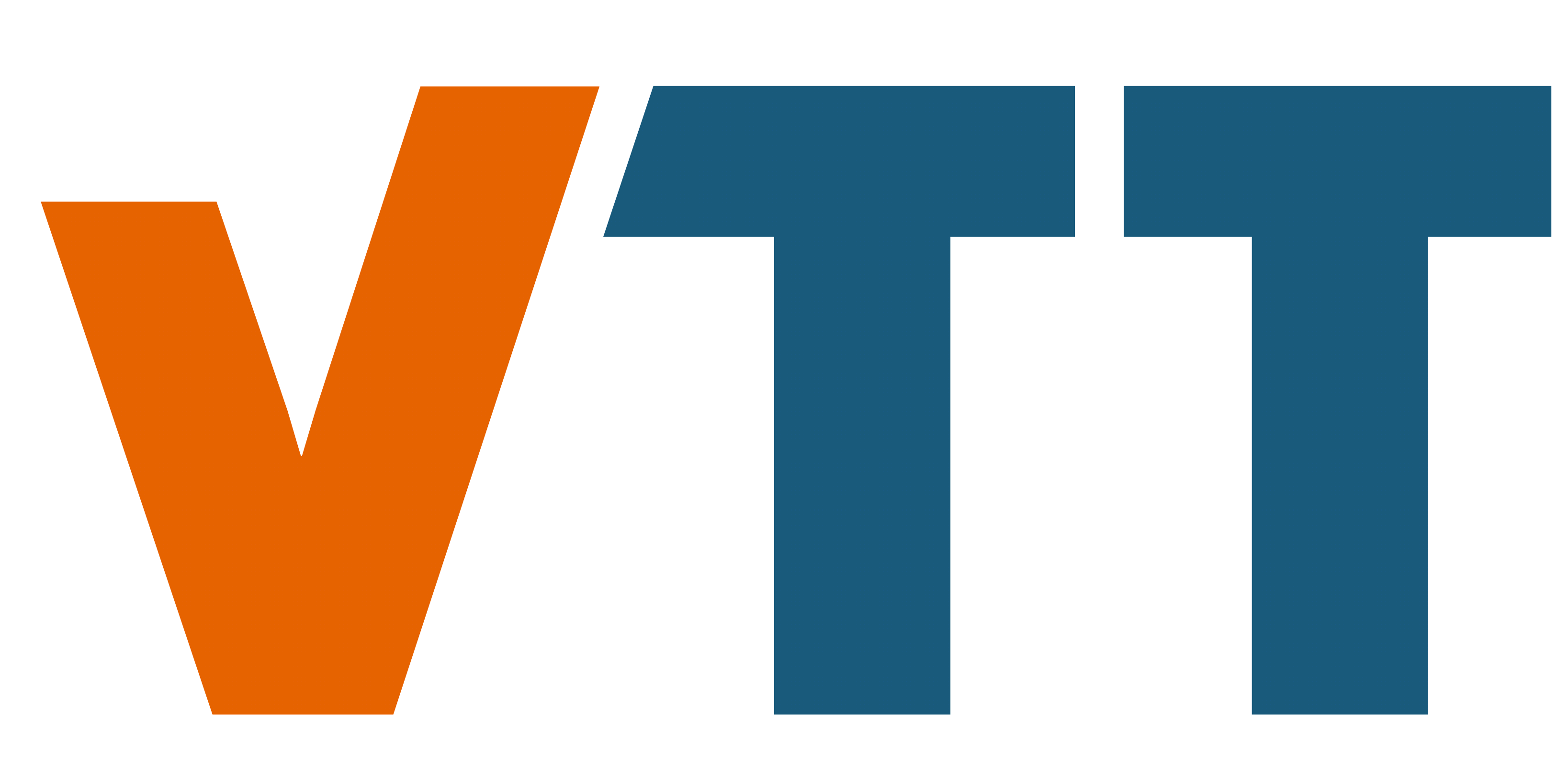Consortium
Learn more about each partner and their role in LASH FIRE.
Project role
AP Sensing supplies a new type of fire detection units based on fibre optical temperature sensing. AP Sensing will develop a distributed fire detection unit suitable to detect fire on roro vessels. Therefore, data interfaces to general fire detection system (SCADA) must be developed. The various conditions and safety requirements at different areas of a roro vessel require a sectionalizing the sensor in different virtual zones. New system parameters for alarming under harsh conditions have to be developed and tested by AP Sensing to avoid false alarms.
Project role
As a classification society, Bureau Veritas Marine & Offshore will bring its knowledge on risk assessment in the design and operation of ships, as well as
its experience in developing rules and guidelines in the maritime industry. In particular, Bureau Veritas Marine & Offshore has been involved in the most recent Formal Safety Assessment studies related to fire on ro-ro decks of ro-ro passenger ships. Bureau Veritas Marine & Offshore will bring this competency to the project and lead the WP04 Formal Safety Assessment. Bureau Veritas Marine & Offshore will actively participate in the development of detailed risk models, in the related assessment of innovative and alternative risk control options and in the development of proposals for new regulations.
Project role
CIMNE participates with its groups CIMNE TIC and CENIT. CIMNE TIC has a wide experience obtaining information and integrating data of ships from multiple sources in monitoring platforms and providing communication interfaces to share the information with other systems and developing visualization tools. CENIT will contribute with its expertise related to port terminals and maritime logistics in terms of short sea shipping, port capacity operations and optimization. Thus, CIMNE can provide solutions for automatic screening of cargo to identify fire hazards and develop, utilize and experimentally validate a digital logistics management tool featuring risk-based load planning (WP8).
Project role
CMT will lead WP03 on Communication and Cooperation.The work of CMT includes the analysis of latest developments in firefighting, but also new materials and fuels relevant for fire risks in the maritime sector, supporting the preparation f IMO proposals, and organizing dissemination of project results and cooperation with external parties. In addition to its involvement in WP03, CMT is involved in some other technical work packages with a minor role, related either to the use of innovative materials in ships and related fire and structural safety aspects, or in the technical management of WP05, focusing on ship integration and feasibility aspects of the solutions developed in LASH FIRE.
Project role
DFDS connects Europe with a large fleet ofRO-RO and RO-PAX vessels and will contribute by bringing our experience and competences into play.
DFDS is a shipowner and logistics company and will provide knowledge and experience from ship building / operation and logistics, both technical / design aspects and information flows. DFDS will in addition provide necessary data and make available suitable vessel(s) for test and validation.
Project role
Fike Video Analytics Corporation contribution in the project could include planning and participation in relevant testing and providing hardware for it. Fike was instrumental in developing international approval standards for testing of video-based smoke and flame detection with Factory Mutual and Underwriter Laboratories for UL 268 B.
Fike representatives are also on ISO video fire and smoke detection standard committee. Fike has a test location in Wales that maybe utilized for smoke testing.
Project role
In LASH FIRE, Flow ship design will lead WP5, as well as contributing with the RO-RO vessel design and outfitting know-how, especially for dedicated firefighting systems (detection, distinguishing, etc) and safety suchas cargo systems (ventilation, cargo operation, etc), electric systems (electrical connections, etc), evacuation, SRTP and fire safety assessment (experience in fire safety assessment according to SOLAS prescriptive rules for alternative design of a 7000 cars Car Carrier with cargo decks built in composite materials).
Project role
INTERFERRY’s key role is to facilitate the Maritime Operators Advisory Group (MOAG), which is a two-way-vehicle that seeks to both disseminate results to the ferry industry and to gather feed-back directly from the ferry industry. For the purposes of managing issues on Ro-Ro ship types Fire Protection, a Working Group was established in 2015, comprising a dozen operators and three classification societies. This Fire Protection WG will be the main source for the project’s interaction with the Industry.
Project role
Magellan will play a key role in WP3 “Cooperation and Communication”. As leader of several tasks, Magellan will participate in the External Monitoring and Cooperation of the project by developing an extensive list of external developments and proposals for cooperation, being involved in the communication and dissemination of the LASH FIRE project towards policy makers and developing the LASH FIRE Exploitation plan in order to ensure the transfer of the project results beyond its life-cycle.
Magellan will also be actively involved in WP6 “Effective operations”. In the scope of WP6, Magellan will assist Sasemar (the WP leader) in the development of all training guidelines with the aim of ensuring knowledge transfer and will specifically contribute to the definition of regulatory, environmental and operational requirements and functions for manual firefighting.
Project role
Marioff will be involved in Action 10-A, local application of fire extinguishing systems (Task 10.2), in Action 10-C, updated performance ofalternative fixed firefighting systems (Task 10.10), and in Action 11-A, division of ro-ro spaces (Task 11.4).
Project role
NTNU Samfunnsforskning will contribute with its expertise on organisational aspects and regulative framework conditions in WPs 6, 7 and 8 (mainly WP 7, which we will lead), with a particular focus on the relation between design (technical arrangements and work processes) and practice.
We will adopt a resilience perspective to advice an optimal governing regime that balances the need for resilience and compliance respectively.
Project role
RISE will have a coordinating role in terms of administrative and technical issues. RISE Fire Research has good relations with the maritime industry and will participate in several WPs across the project with their highly diversified scientific competence. Thus, RISE can provide a bridge between the fire safety engineering community, the maritime industry and the system developers of new or re-applied technology by translating maritime needs with respect to fire hazards into viable validation methodologies for guiding the development of the technologies.
Project role
RS2N will be involved in the development of a ro-ro ship risk assessment model, contributing to WP4. Particularly, we will develop a probabilistic network model to predict real-time fire spread in such a multi-compartment vessel.
In the LASH FIRE project, the network model can be used to provide a fire risk map, depending on the location where the fire takes place on the ro-ro deck. It can serve as a support tool to evaluate how new IMO regulations for maritime safety impact risk level in terms of fire consequences (fire spread rate, fire extent and severity). The SIIS solutions will significantly improve the safety of shipping that will be developed and demonstrated.
Project role
SASEMAR leads WP 6 (Effective Manual Operations) with the main goal of implementing more effective fire managing operations in all stages of a fire, including risk-based screening and management of cargo, more efficient fire patrols and first responders.
Project role
SICK AG developed and installed over the last 5 years the VEHICLE HOT SPOT DETECTOR (VHD) to detect hot spots on lorry’s (brakes, exhaustpipes) before the lorries entering critical areas such as tunnels, ferries etc. in order to prevent ignition. The advantage of the VHD is that potential sources from which a fire can occur will be detected in an early stage and safety actions will be released. The VHD is a detection system to prevent the igniting of goods before fire occurred.
In the LASH FIRE project, the VISIC50SF will be tested to get feedback how it works on board as well results how to adapt on maritime needs.
Project role
Stena will provide operational and technical experience to the project and thereby assure that proposed solutions and practises for improved fire safety are relevant and feasible to introduce in “real life”.
Stena will provide data needed by the partners as input to the different work-packages including operational and logistic data as well as incident reports. Stena will mainly participate in WP 5, 6, 8 and 10.
Project role
In the scope of LASH FIRE we will contribute to WP6 –Safe Operations. Particularly, we will develop a complete “Ship Indoor Information System –SIIS” that will be founded on many years of experiences and awards we got through the Anyplace Indoor Information Architecture.
The development of the SIIS will enable safe operations as it will allow managing a fire while it is still small, directly facilitating first response.
Project role
Université de Lorraine-LEMTA will be involved in fire containment (WP11), particularly in what concerns the design of an optimal water curtain aimed at preventing fire and smoke propagation. For that, LEMTA will involve its skills related to the characterization of water sprays, mists and curtains involved for firefighting and fire shielding.
LUL will also be involved in the qualification tests at real scale where LEMTA will contribute to the evaluation of the egress conditions (WP4) with and without spray operation.
Project role
VTT brings to the project a profound understanding of the FDS programme and strong fire simulation competences. In WP09 Detection, VTT will conduct CFD simulations of smoke and heat movement to determine times to detection with different detection technologies and in different ventilation conditions. In WP11, VTT is responsible for defining the conditions for ro-ro space openings, and for assessing fire exposure through ro-ro space side and ventilation openings based on heat transfer and smoke spread simulations.


